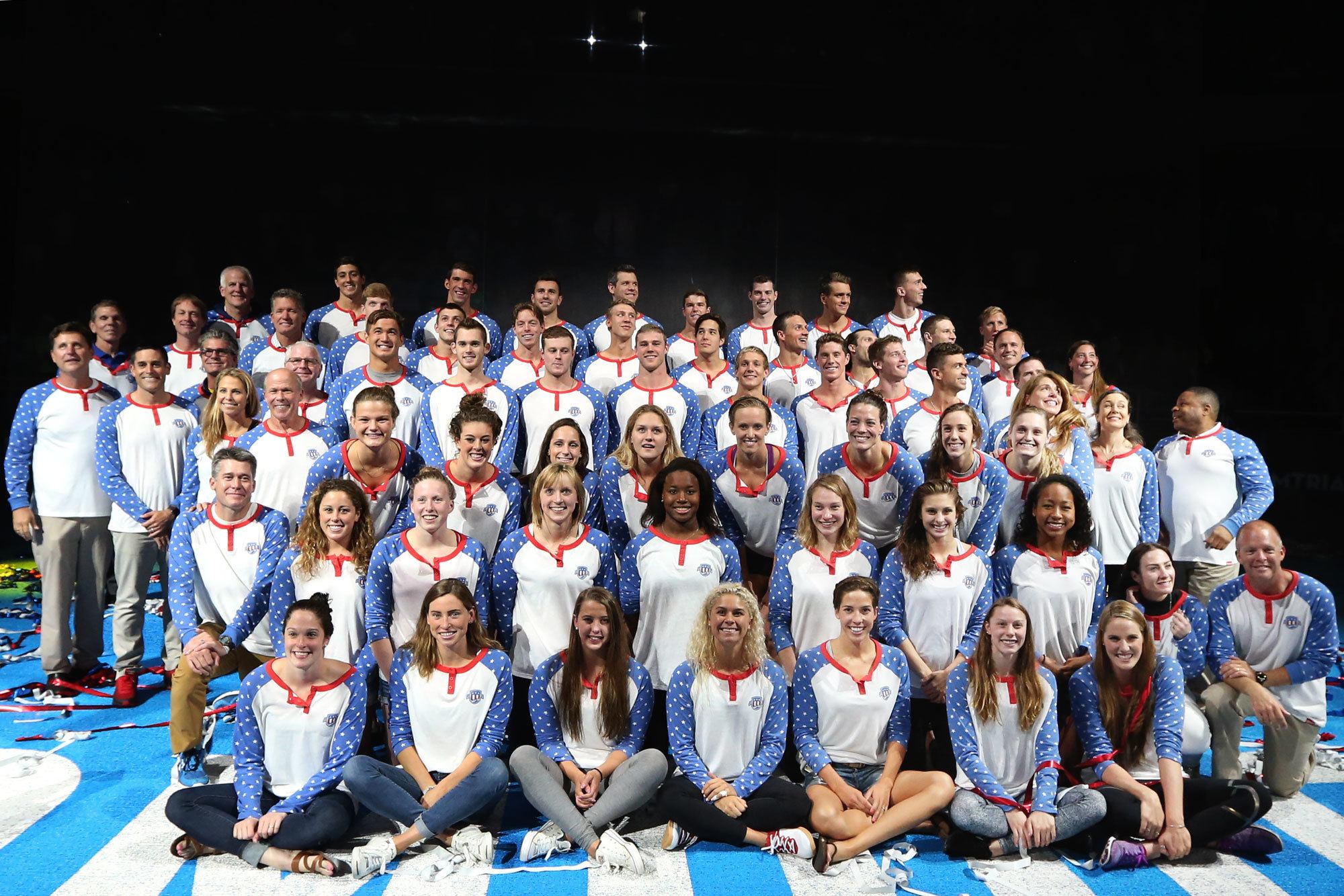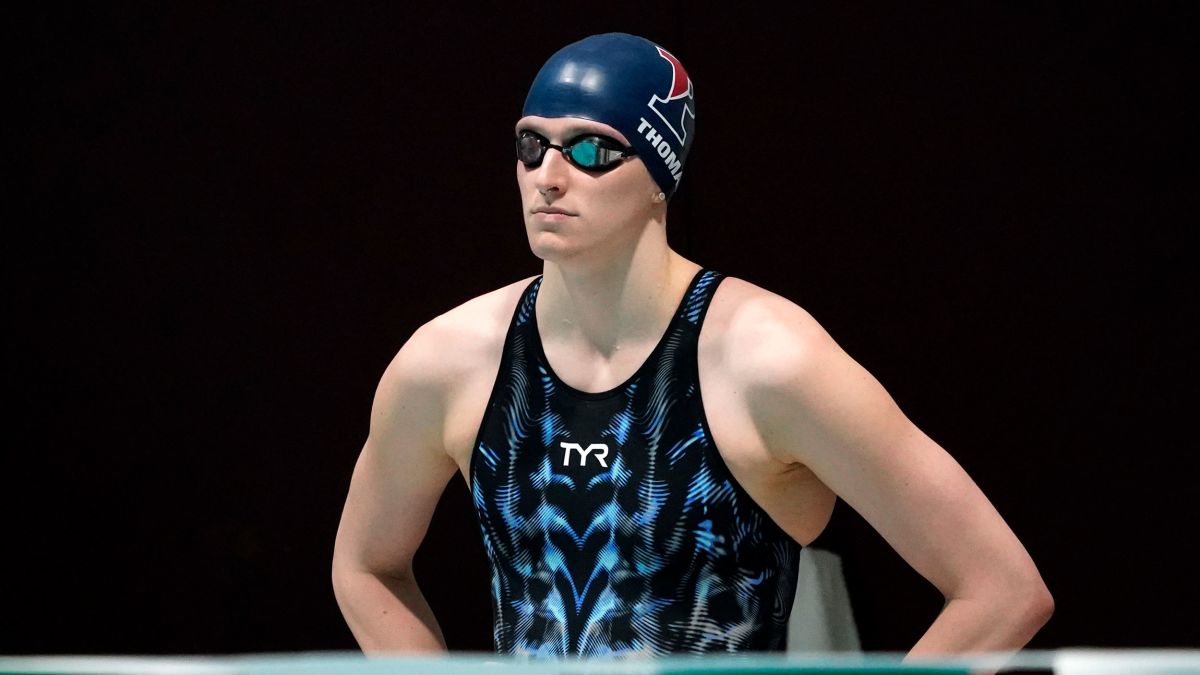In the world of sports, the debate surrounding transgender athletes has become one of the most contentious issues of our time. At the center of this debate is Lia Thomas, a transgender swimmer who has faced intense scrutiny and criticism. Yet, focusing solely on Thomas’ body as the root of the controversy misses the broader and more nuanced conversation we need to have about inclusivity, fairness, and the evolving understanding of gender in athletics.
To begin with, it’s crucial to understand that gender identity is not simply a binary concept but a spectrum that includes a variety of identities. Lia Thomas, who transitioned from male to female, is a part of this diverse spectrum. Her journey is about more than just competing; it’s about being recognized and respected for who she is. The challenges she faces are not only physical but also emotional and psychological, navigating a world that often struggles to accept differences.

The policies governing the inclusion of transgender athletes in sports are complex and vary widely across different organizations. The NCAA, for example, has guidelines that aim to balance fairness with inclusivity, requiring transgender women to undergo hormone therapy for a specific period before competing in women’s events. These policies are designed to mitigate any potential advantages while recognizing the rights of transgender athletes to participate in sports according to their gender identity.
However, these regulations are not perfect and often lag behind the latest scientific understanding. The scientific community is still exploring how hormone replacement therapy affects athletic performance and how to ensure a level playing field. What is clear is that reducing Lia Thomas’ situation to a question of mere physical advantage oversimplifies a multifaceted issue that demands thoughtful consideration and ongoing research.

Sports have always been a microcosm of society, reflecting broader social values and struggles. The inclusion of transgender athletes like Lia Thomas is not just about fairness in competition; it’s about the broader principle of inclusivity. Sports provide a powerful platform for promoting diversity and acceptance, challenging stereotypes, and encouraging individuals to pursue their passions regardless of their gender identity.
Lia Thomas’ presence in competitive swimming serves as a reminder that inclusivity should be a fundamental value in sports. By embracing diverse identities, we foster an environment where everyone feels valued and respected. This inclusivity benefits not only transgender athletes but all participants, as it promotes a culture of acceptance and equality.
Rather than focusing on Thomas’ body as the problem, we should shift our attention to constructive dialogue and solutions that advance both fairness and inclusivity. This means engaging with the latest scientific research, listening to the experiences of transgender athletes, and refining policies to reflect a balance between competitive equity and the right to participate.
It also involves challenging our own biases and misconceptions about gender and athleticism. By doing so, we can move towards a more understanding and supportive environment for all athletes. The journey of Lia Thomas is not just her own; it represents the collective journey towards a more inclusive and equitable sporting world.
Lia Thomas’ body is not the problem; the problem lies in our inability to see beyond physical attributes to the human being behind the athlete. Her story is a powerful reminder of the need for empathy, education, and progress in the realm of sports and beyond. By focusing on inclusivity and fairness, we can create a sporting landscape that truly embodies the values of equality and respect for all.





